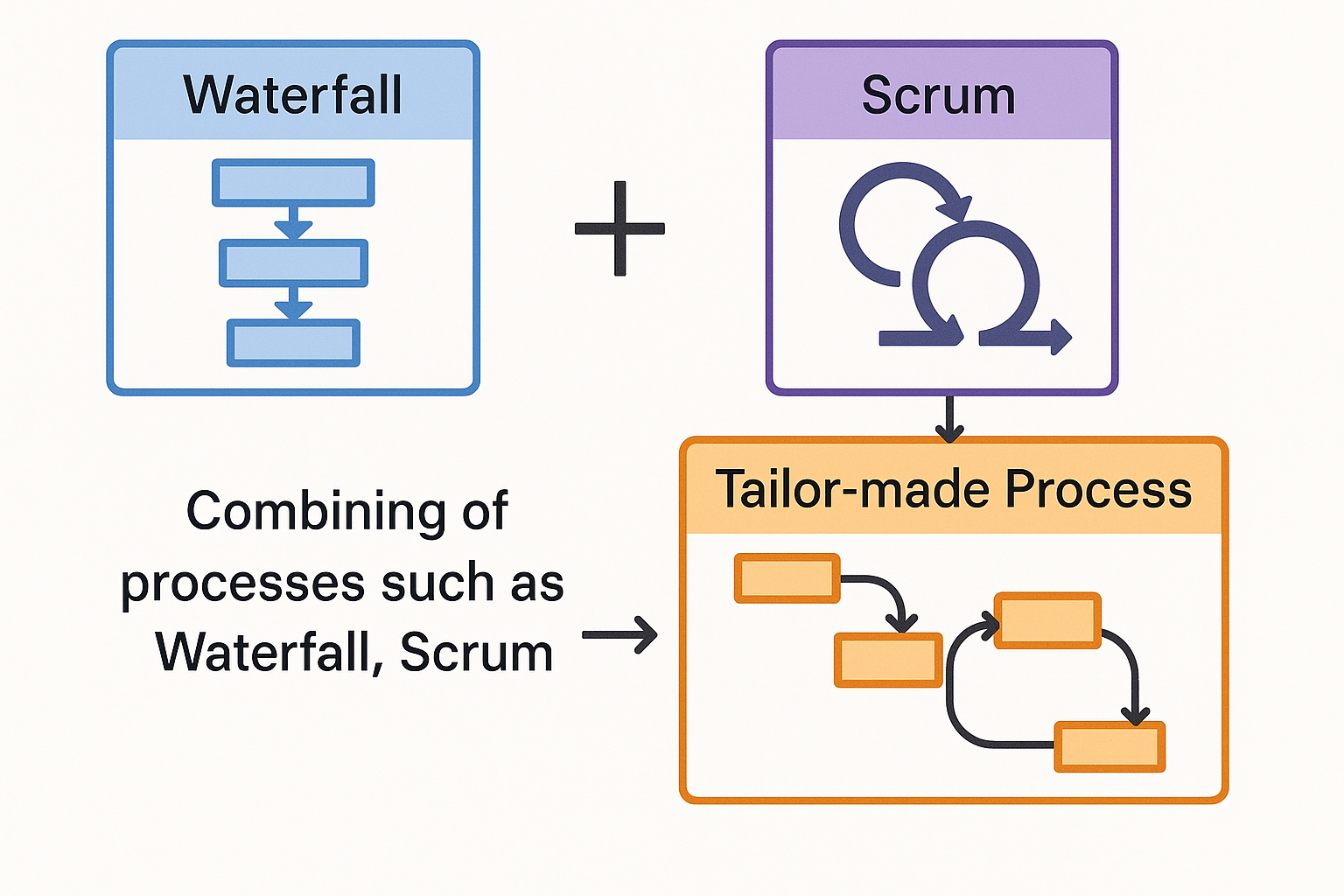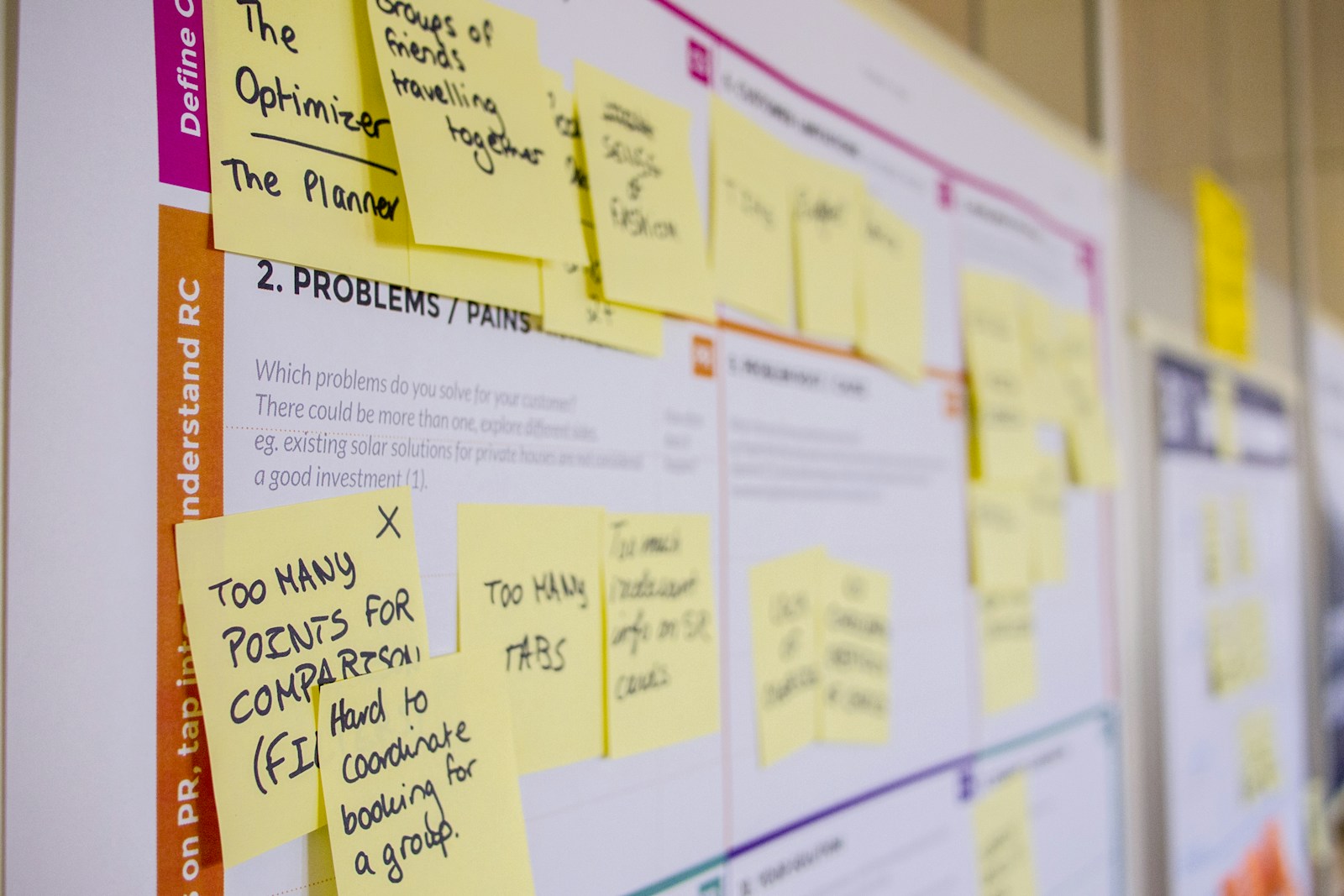For years, organizations implementing IT solutions were bound by rigid project management processes, often forced to reshape their operations to fit predetermined methodologies. In effect, they became servants to the frameworks they adopted.
Today, a reversal is taking place: IT-driven businesses are reclaiming control, shaping processes to serve their objectives, and learning to coexist with them as strategic enablers rather than constraints.
Historically, methods like Waterfall and PRINCE2 required adaptation of processes, structures, and culture to align with their strict guidelines. Agile introduced some flexibility but still often required significant organizational change, especially in technology-heavy environments.
If not optimized, processes can consume more capacity than they free up, leading to reduced efficiency.
Processes were originally designed to reduce dependency on individual executors, ensuring continuity and consistency in delivery. However, this sometimes created a negative side effect: the executor’s role became diminished, and when outcomes failed, the process itself was often used as a scapegoat rather than addressing underlying execution issues. This confirms that the human element must still be preserved, ideally at a balanced 50/50 ratio between human judgment and process guidance—and as AI adoption grows, a smart approach could further split the human role into a 50/50 partnership between human expertise and AI capabilities.
Frameworks for IT projects are increasingly modular, allowing selection and adaptation of only the elements relevant to specific implementation needs. Many organizations are blending methodologies to create tailored practices that reflect the operational realities of deploying new software, integrating systems, or developing custom applications. Modern project management tools now support varied frameworks and can be configured to the exact workflows of IT delivery teams.

Large enterprises with mature, deeply embedded processes often struggle to adopt and experiment with new technologies. Their size and complexity can make process change slow, and the perceived risk of deviating from established methods may deter innovation. This creates a tension between maintaining proven operational stability and embracing emerging tools or approaches that could deliver significant long-term benefits.
One example of adaptability is the use of hybrid approaches that merge iterative and predictive methods. These enable IT teams to respond to evolving technical requirements while maintaining control over critical constraints like cost, scope, and compliance. The Adaptive Project Framework (APF) is one such example, designed to accommodate shifting business and technical priorities through iterative cycles and stakeholder collaboration, without locking into a single delivery style. While APF can be highly effective, it is just one of many frameworks that can be combined to suit the unique context of an IT implementation.
Applying Scrum to all IT projects, regardless of type or complexity, can lead to inefficiencies when the work does not match its intended environment. Scrum excels in software development with evolving requirements, high stakeholder involvement, and cross-functional teams delivering in short, incremental cycles. However, it is less effective for projects with fixed technical scope, strict regulatory requirements, or complex integration dependencies, where iteration is constrained and predictability is prioritized. Forcing Scrum into unsuitable contexts can create unnecessary overhead, role conflicts, and misaligned expectations.
Generational shifts are also influencing this move toward adaptable frameworks. Earlier generations of project managers, often from the Baby Boomer and Gen X cohorts, worked in environments where process discipline and adherence to established methods were valued above all else. As Millennials, Gen Z, and eventually Gen Alpha take on leadership and delivery roles, there is a stronger preference for flexibility, collaboration, and leveraging technology to create fit-for-purpose approaches. This shift in mindset is accelerating the trend toward frameworks that adapt to the organization, not the other way around.
In summary, IT project management is evolving from a rigid, process-dominated discipline into a flexible, business-aligned practice. The shift is driven by technological change, generational values, and the need for organizations to remain competitive in dynamic markets. Success will belong to teams that understand the strengths and limitations of multiple frameworks, apply them with precision, and adapt them to their unique implementation contexts—transforming processes from constraints into true partners in delivering value.

